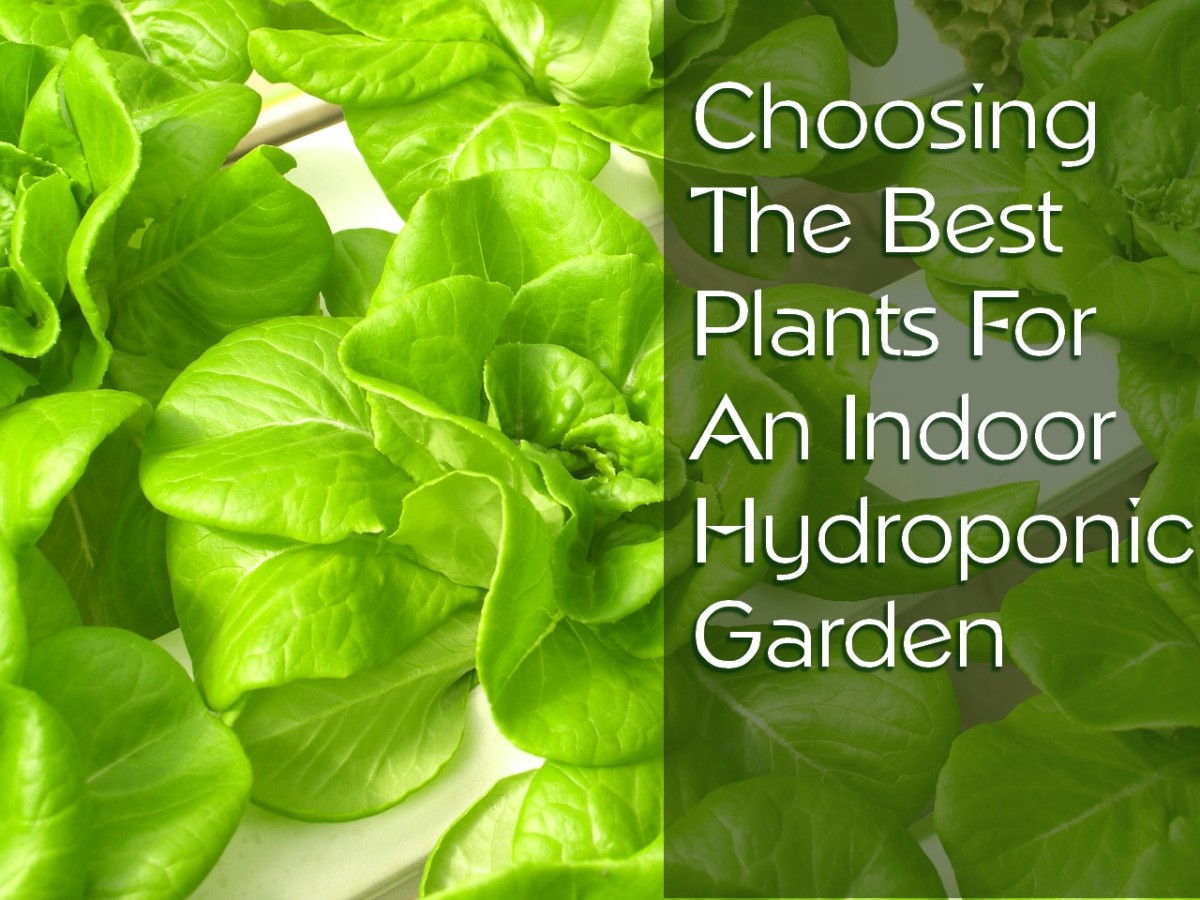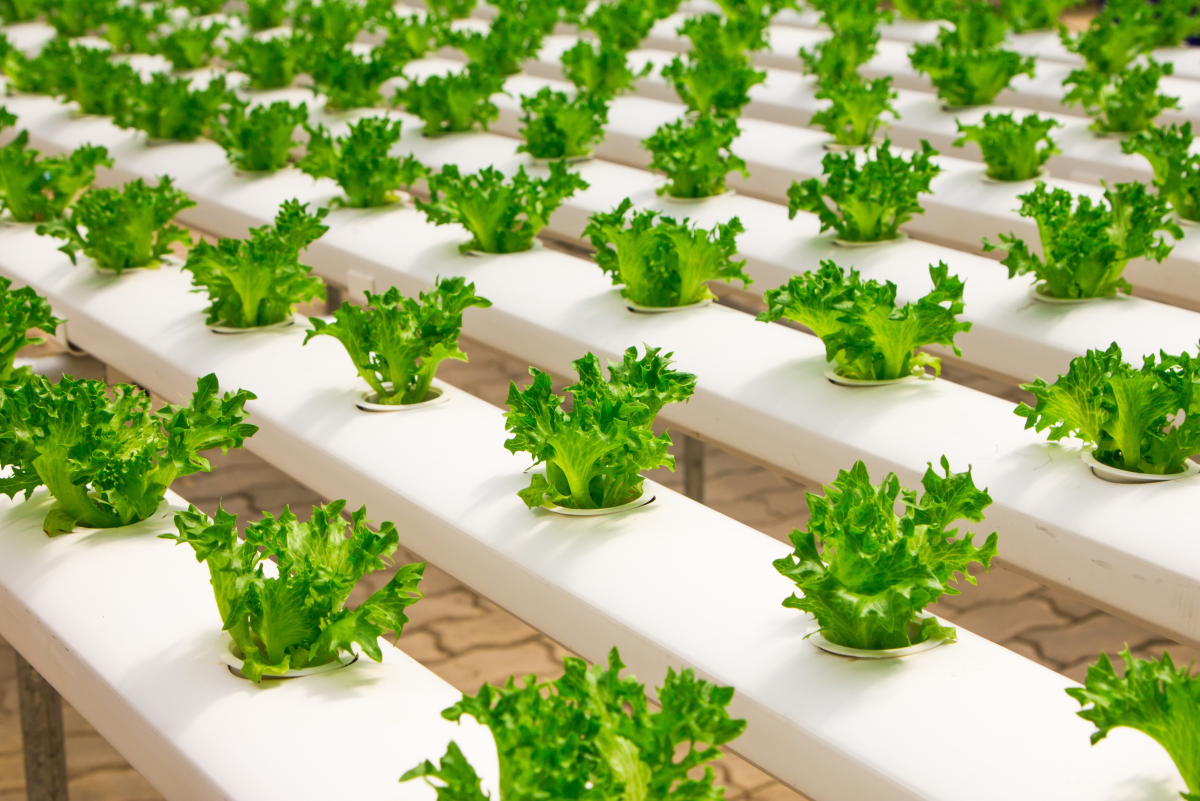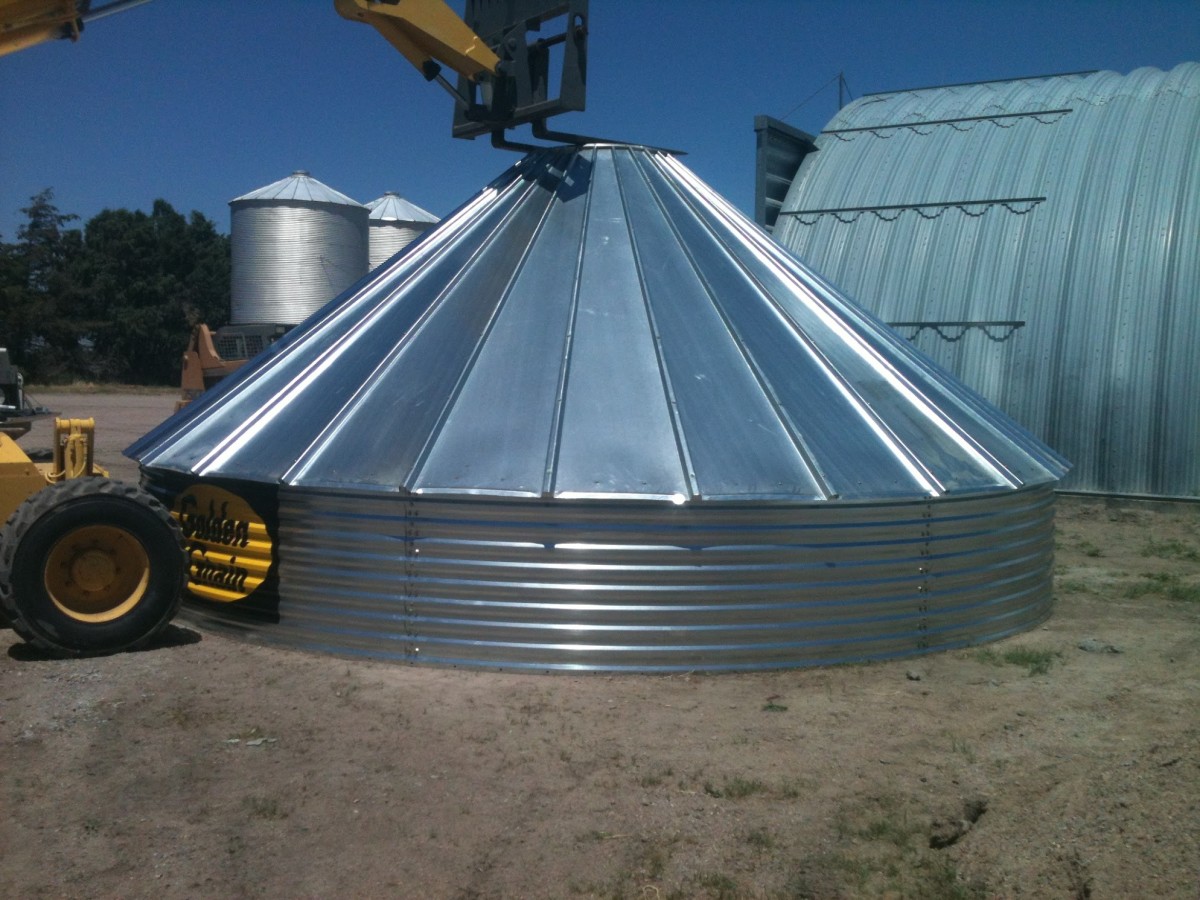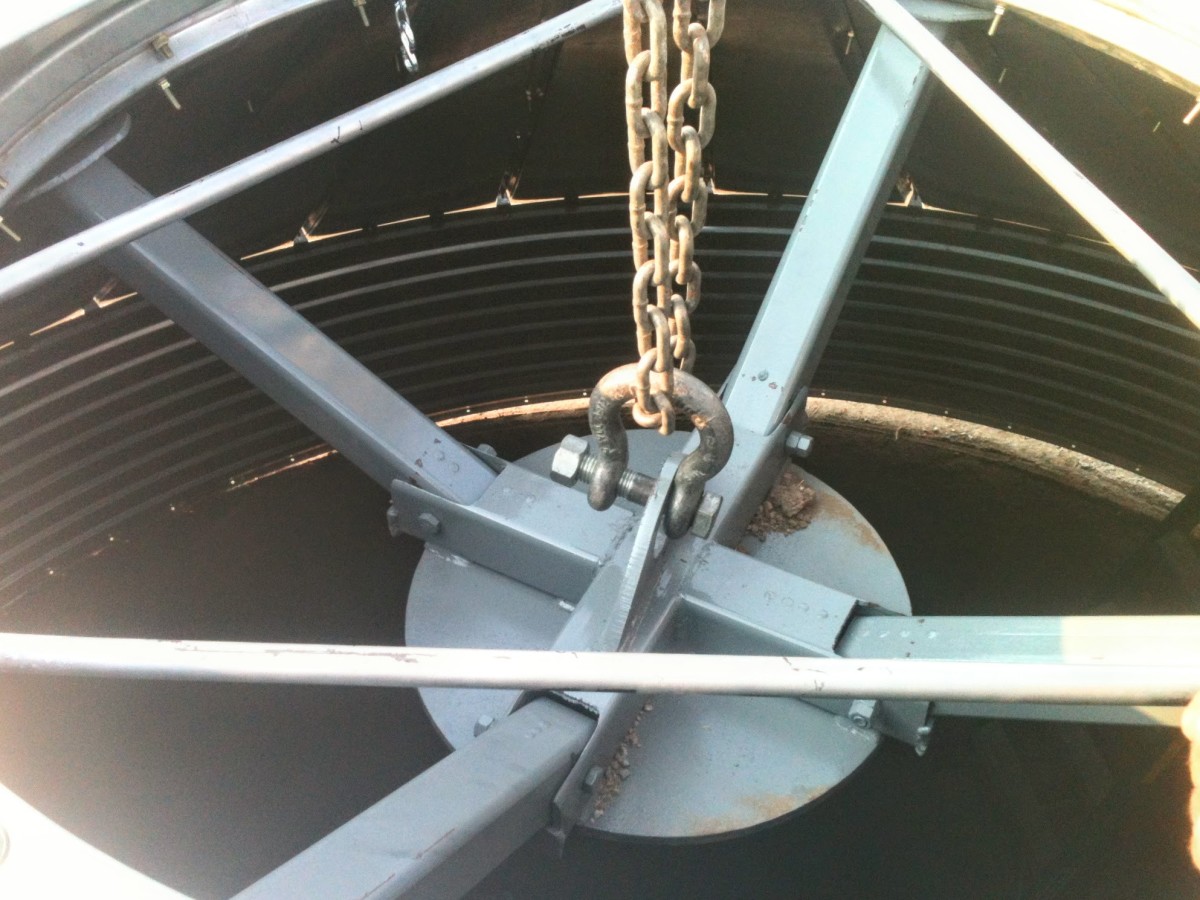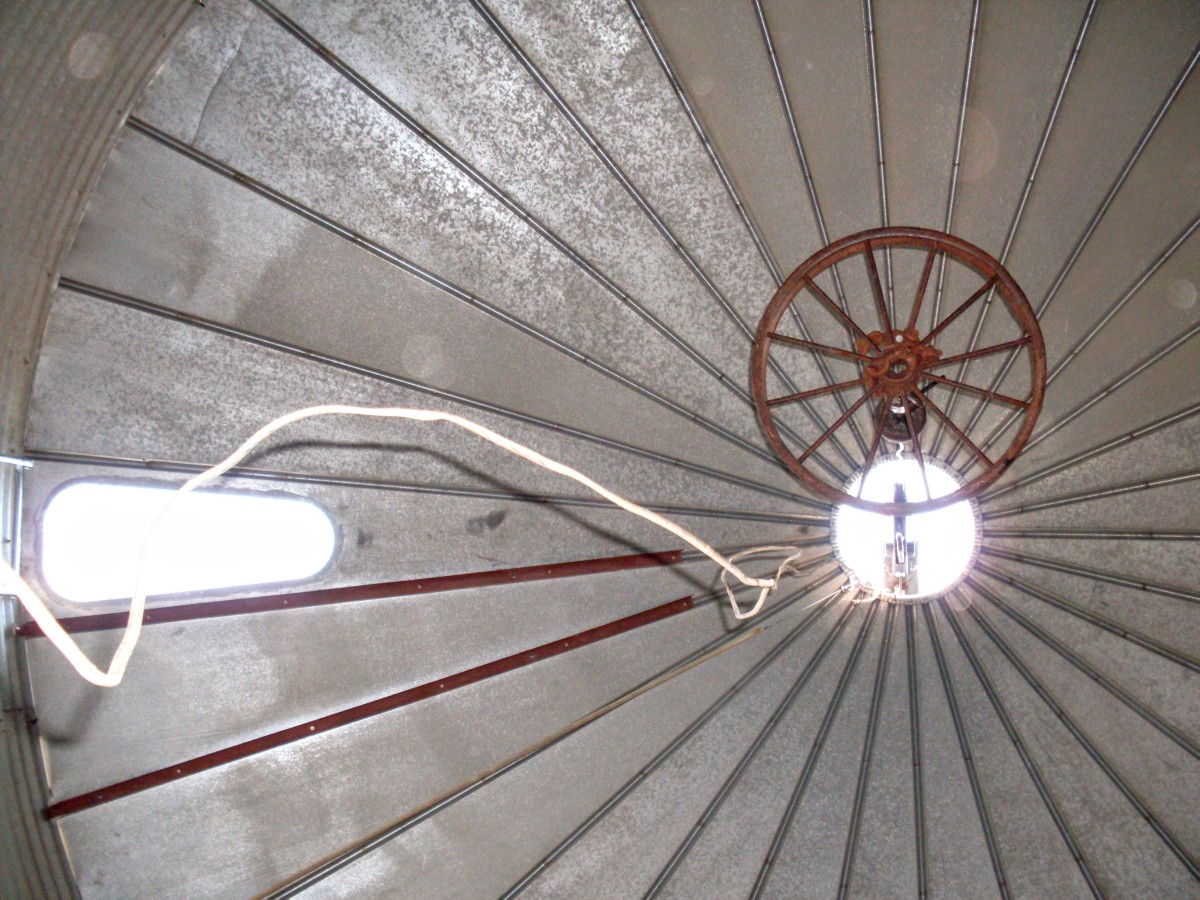Hydroponic Produce Farming
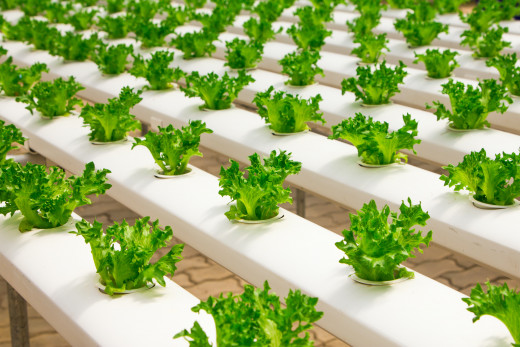
Soil Free Gardening
Hydroponic produce farming is a method of growing plants using nutrient-rich water instead of soil. This type of farming has several benefits over traditional soil-based agriculture, including higher crop yields, reduced water usage, and the ability to grow crops in areas with poor soil quality.
One of the main advantages of hydroponic farming is the ability to control the growing environment more precisely. In a hydroponic system, the pH and nutrient levels in the water can be carefully monitored and adjusted to optimize plant growth. This allows farmers to grow a wider variety of crops, including those that may not thrive in local soil conditions.
Hydroponics also uses less water than traditional farming methods. Since the water in a hydroponic system is constantly circulated and reused, it is more efficient and requires less water to sustain plant growth. This is especially important in areas with water shortages or drought conditions.
In addition to these benefits, hydroponic farming can also be more sustainable. Since it does not rely on soil, it does not contribute to soil erosion or degradation. It also has a smaller carbon footprint, as it reduces the need for the transportation of water and fertilizer.
There are several different types of hydroponic systems, including nutrient film technique (NFT), deep water culture (DWC), and aeroponics. Each system has its own unique set of benefits and challenges, and it is important for farmers to carefully consider which system will work best for their specific needs.
Despite these benefits, hydroponic farming is not without its challenges. Setting up a hydroponic system can be expensive, and it requires a constant supply of electricity to power pumps and other equipment. It also requires a consistent and reliable source of nutrients and water, which can be difficult to secure in some areas.
Overall, hydroponic produce farming is a promising method for growing a wide variety of crops in a controlled and sustainable way. While it may not be suitable for every farmer or every type of crop, it has the potential to revolutionize the way we grow our food and meet the increasing demand for fresh produce.





